Shanghai VW Santana R.I.P.

Another one bites the dust: The Volkswagen Santana, the car that provided the foundation of China’s mass motorization, will be put out to pasture in 2012, Gasgoo reports. The car’s history in the PRC provides a unique insight into the country’s move towards motorization.
In Germany, the Santana was a flop. Launched in 1981, it was stopped three years later. The story that VW foisted their unwanted factory on the unwitting Chinese was a myth. It was a lucky stroke: In 1979, a high ranking government delegation sprung a surprise visit on Volkswagen to discuss a possible joint venture.
Quickly, all present and some future VWs and Audis were lined up in the “Walhalla,” the internal nickname for the presentation hall of the VW R&D department. The Chinese official pointed at the yet to be launched Santana, the translator said “den hier” (that one), and history took its course.
Experimental production of the Santana started in 1983. In 1985, full scale production began (much to the chagrin of the Chinese) based on CKD (completely knocked down) kits. Made at SVW, a joint venture with China’s SAIC, 3.21million Santanas were sold so far in China. The car had several facelifts, sold as Santana 2000 since 1995, and as Santana 3000 since 2004. At its heart, there is still the old B2 platform of the second generation Passat. Together with the Jetta, the Santana reached cult-like status in China.
In light of the robust performance of the Made-for-China Lavida, the PQ34-based “Mini-Phaeton” as it is lovingly called in China, the top management of SVW believes that they can retire the veteran warhorse that still dominates Shanghai’s taxi fleet.

Bertel Schmitt comes back to journalism after taking a 35 year break in advertising and marketing. He ran and owned advertising agencies in Duesseldorf, Germany, and New York City. Volkswagen A.G. was Bertel's most important corporate account. Schmitt's advertising and marketing career touched many corners of the industry with a special focus on automotive products and services. Since 2004, he lives in Japan and China with his wife <a href="http://www.tomokoandbertel.com"> Tomoko </a>. Bertel Schmitt is a founding board member of the <a href="http://www.offshoresuperseries.com"> Offshore Super Series </a>, an American offshore powerboat racing organization. He is co-owner of the racing team Typhoon.
More by Bertel Schmitt



















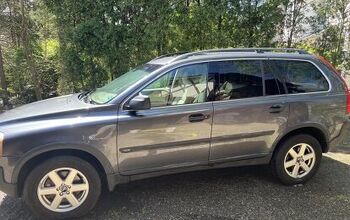




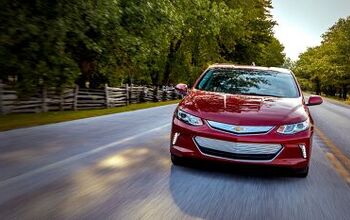

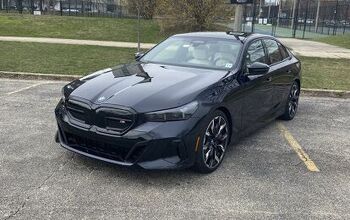
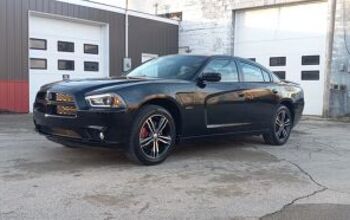
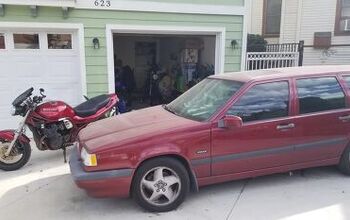
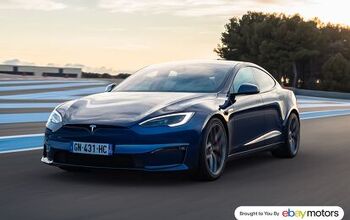


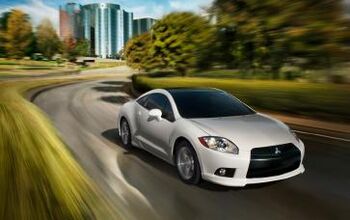
Comments
Join the conversation
fellswoop, yes, the Passat/Santana of that generation was called the Quantum in the US.
Well I'm pissed. The bright colors of the Santana-powered taxi fleets flying by are now as home to me as the loogie being hocked up next to me as I wait for the light to change. Let it live! Bertel, does this mean Shanghai will have to endure the crappy Hyundais and Citroens like in other cities? I won't stand (scrunch in the back seat) for it!
Gimmeamanual: They will be produced until 2012. And then live on for a long time. As you are well aware, a Chinese taxi can be quite old. Not as old as a Manhattan taxi, where http://www.newsday.com/other/special/ny-ihny0418story.htmlstory" rel="nofollow noopener" target="_blank"> the last Checker was retired after 21 years of service but long enough.
[...] Wikipedia, The Truth About Cars (many thanks to Bertel Schmitt for the [...]